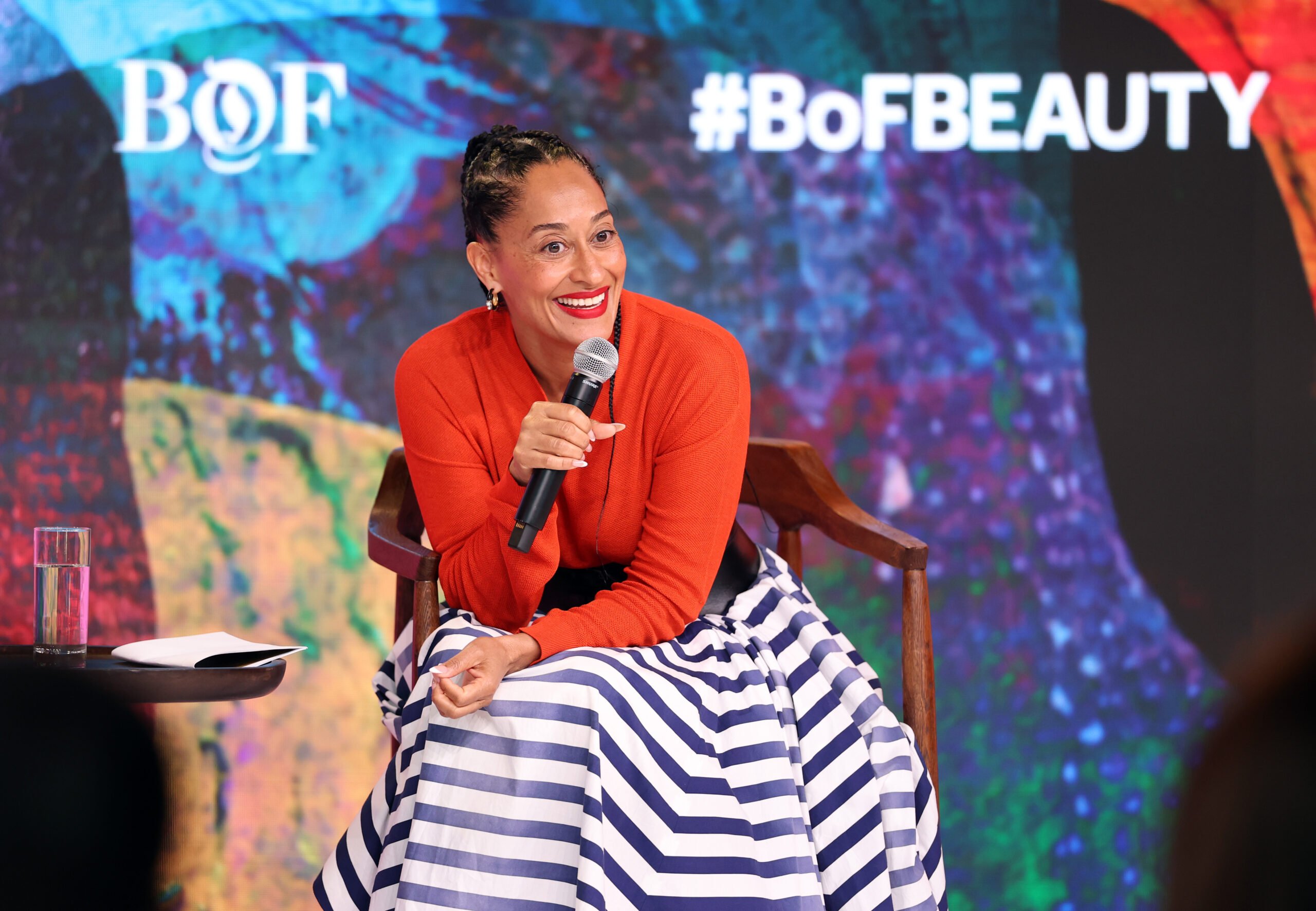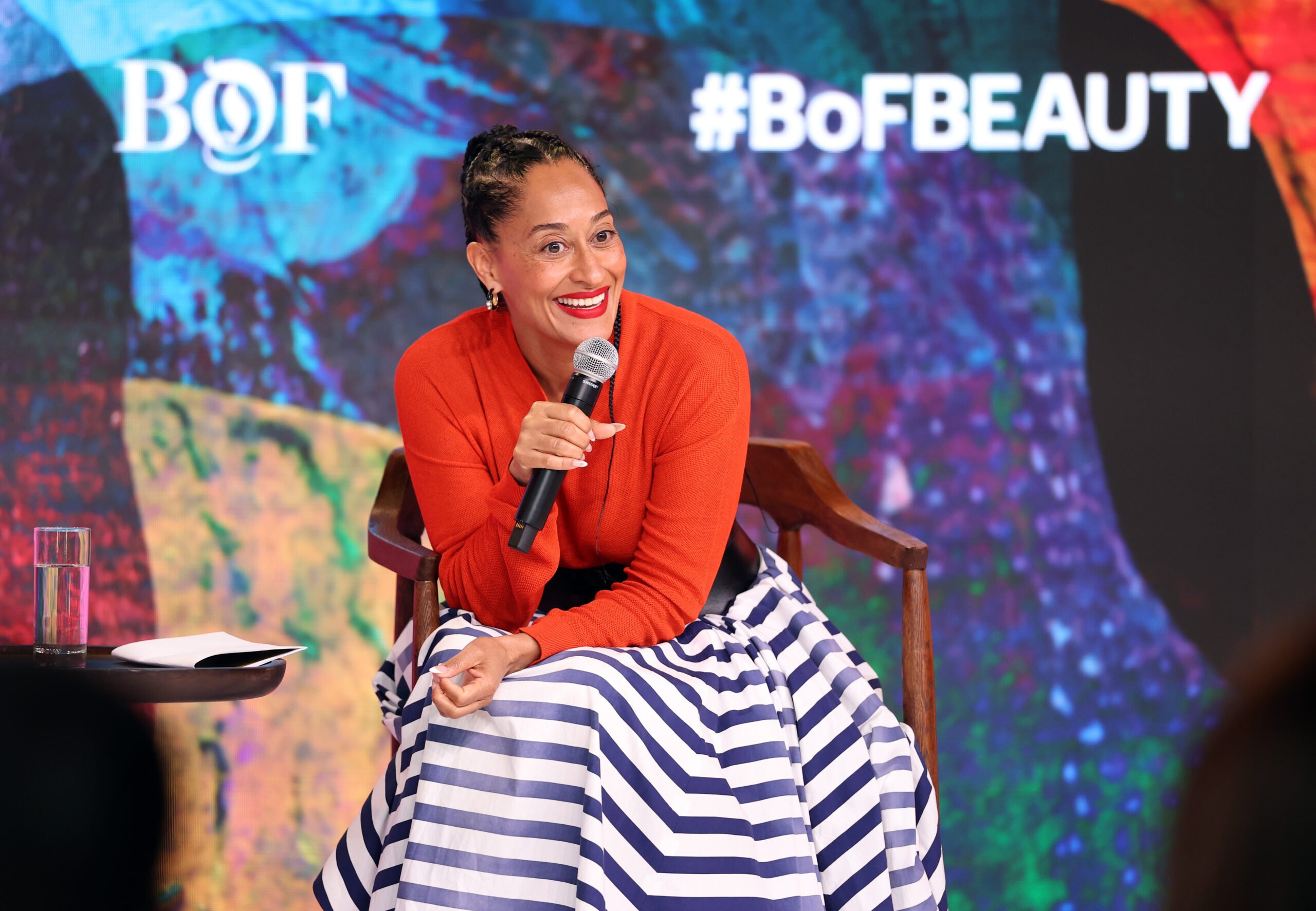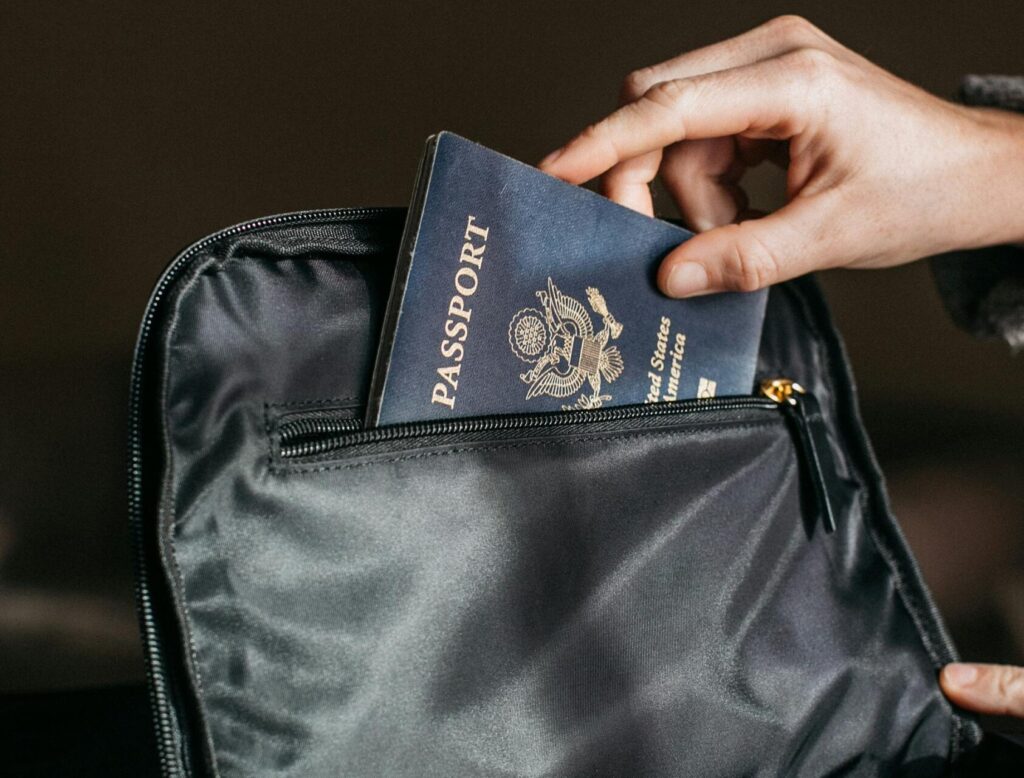
In the early 2000s, “Girlfriends” broke new ground for Black women on TV. But apparently, even the women in the groundbreaking show were scratching their heads at times. Tracee Ellis Ross recently opened up to “Self” magazine about how the onscreen friendship dynamics between Joan, Toni, Maya, and Lynn often left her and her castmates baffled.
“There was a lot of pushback from us as a cast all the time with Mara,” Ross said, referring to “Girlfriends” creator Mara Brock Akil. “[Because,] like, who treats their friends this way?”
You weren’t alone if you ever found yourself yelling at the screen because someone once again betrayed someone else over a man, a job, or a dream. Even Ellis Ross, who played the well-meaning but sometimes messy Joan Clayton, wasn’t always on board with certain storylines she felt were toxic.
“All four of us were always puzzled, because Joan, Toni, Maya, and Lynn treated each other in a way that none of us in our lives had experienced,” she explained. “In friendship, there was a lot of backstabbing, there was a lot of lying, there was a lot of secrets, there was a lot of taking advantage of, in a way that none of us in our lives could liken that to.”
The show’s creator, Mara Brock Akil has previously spoken to the realities she was facing in the TV industry when the show first came about.
“What was unique about Girlfriends that was different than Sex and the City, was Sex and the City was all about their dating relationships with a girl group to discuss it with. I wanted to shift it to the chosen family of sisterhood and use Joan and Toni as my Carrie and Mr. Big,” Brock Akil once told Harper’s Bazaar. “It was always about that—whether or not that relationship was ever going to make it, and then letting all the other ones wrap around it.”
“[Black women] did not have any seat at the table on Sex and the City. And although I still really enjoyed the show, I didn’t see that as a rejection, I saw it as an opportunity. So when this moment came, this [pitch] meeting came, when they said what they wanted, I said, ‘Well, I want to give you a very modern take on female friendships, similar to Sex and the City in tone and tonality.’ And that got their attention,” she explained.
While the show’s iconic theme song promised they were “through thick and thin,” Ross says those years on set felt more like navigating a minefield in stilettos. Still, it wasn’t all drama.
“I think for me those years, we were working in a very intense pressure cooker,” she noted that though the cast is close now, they weren’t close when they were filming. “Our dressing rooms were basically closets that had no windows. We all shared a bathroom, and this, like, common area, this like little, like couch area in the middle, and so we were just like on top of each other. There was no privacy. You couldn’t talk on the phone, so it’s like you’re slammed together as sisters, like these girl groups that don’t know each other.”
Still, in true “Girlfriends” fashion, their bond endured messy plotlines, backstage conditions, and all. And those friendships have outlasted the fictional fallout.
“It was just intense, but we made it out alive, and we are so proud of the work that we did, but it was after eight years, 173 episodes,” she concluded.





